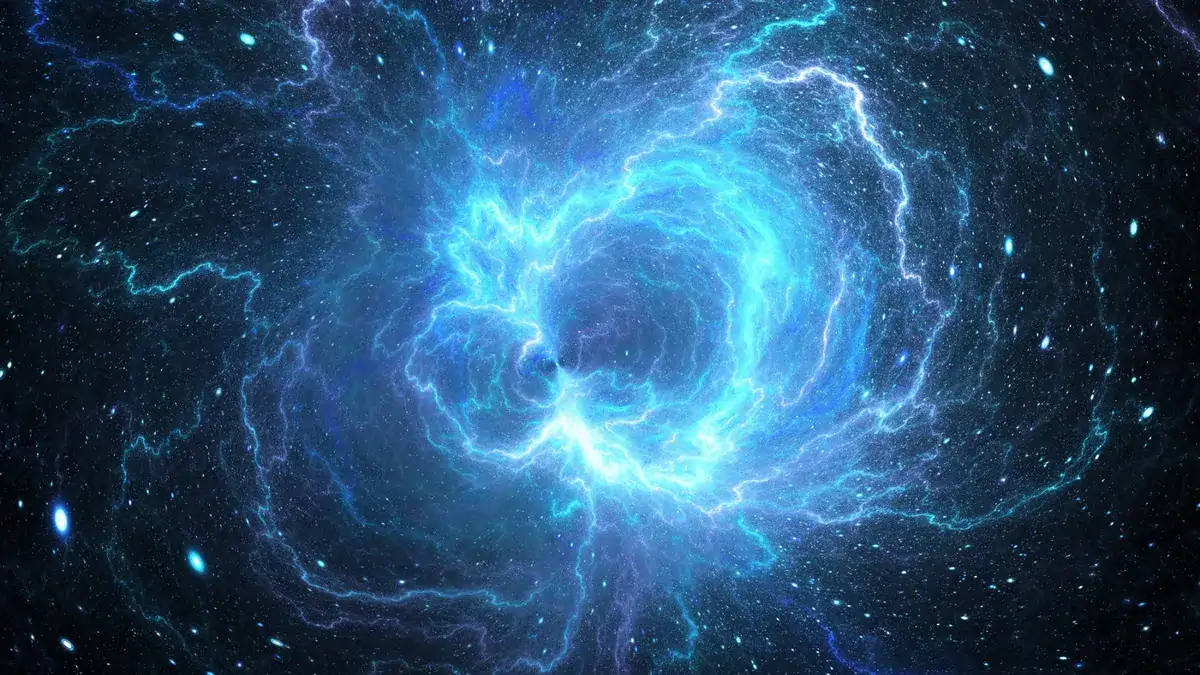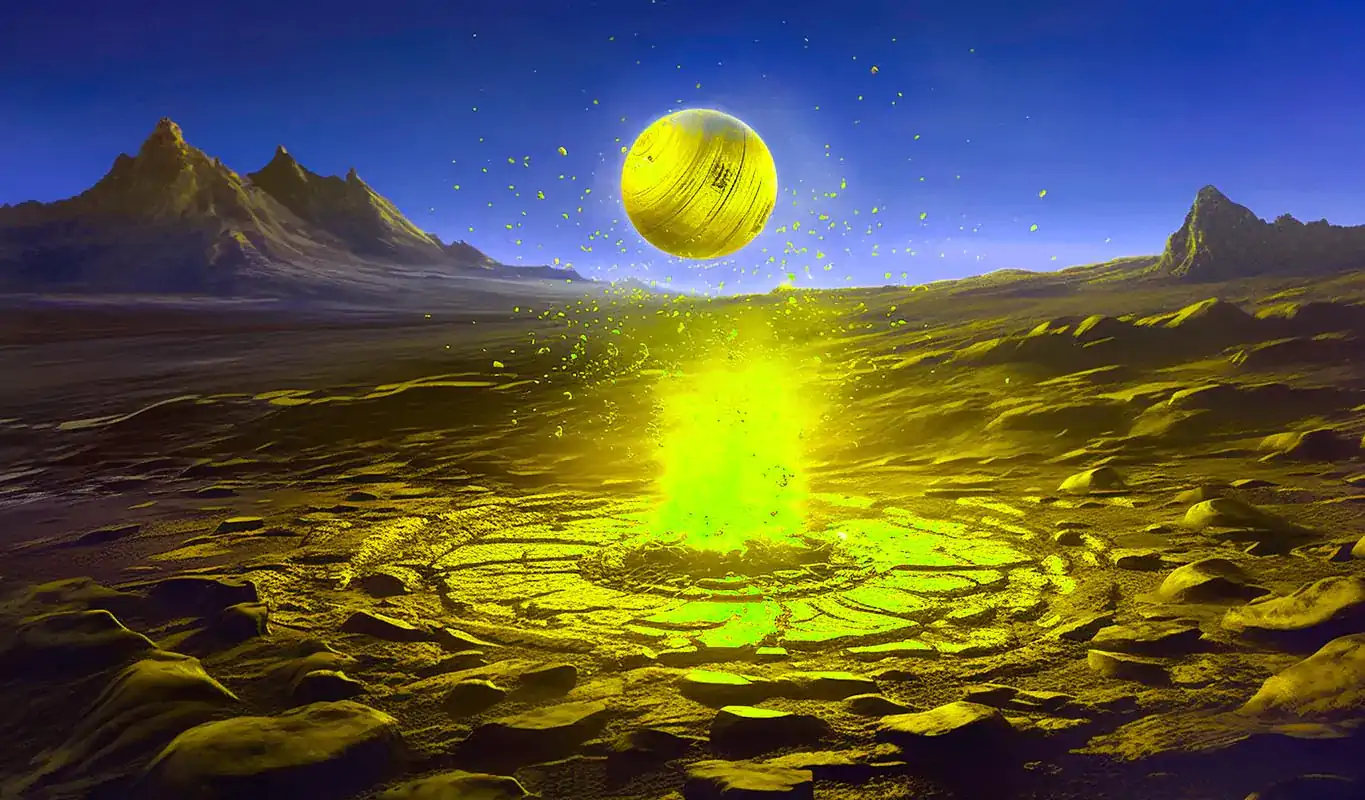Have we finally detected dark energy? The implications could be enormous, Dr. Sunny Vagnozzi, lead author on a University of Cambridge paper on the subject, tells us over email. "Directly detecting dark energy, and in particular its non-gravitational interactions, would have a tremendous impact," he explains.
In a paper published on sept. 15 in the journal Physical Review D, Vagnozzi and a team of University of Cambridge researchers detail how unexplained results from an experiment called XENON1T may have been caused by dark energy rather than the dark matter the experiment was supposed to detect. The new paper constitutes a large step towards the first direct detection of dark energy, the researchers say.
Detecting dark energy for the first time
Last year, the XENON1T experiment, which was conducted deep underground, reported a surprise finding, or excess, in its results. In order to explain this anomaly, the University of Cambridge researchers developed a physical model designed to calculate whether the signal may have been produced by dark energy — the hypothetical force thought to be responsible for the accelerating expansion of the universe — instead of dark matter. Thanks to that model, the researchers believe the signal did indeed originate from dark energy particles produced in a region of the Sun known for its strong magnetic fields.
The next step, the researchers say, will be for future experiments to provide further data on that region of the Sun, allowing for independent confirmation of their findings. "If we think we've directly detected dark energy in an underground laboratory, we would need independent confirmation to really believe our eyes," Vagnozzi explains. "And independent confirmation should come through complementary signatures of these types of interactions. For instance, I can say "if I've detected such and such a signature in a laboratory, and it's really dark energy, then I should see such and such a signature in cosmological observations, particularly in the large scale structure"."
Catching up with dark matter research
Approximately 27 percent of the universe is thought to be composed of dark matter, while 68 percent is thought to be governed by the forces of dark energy, an invisible hypothetical force that causes the universe to expand at an accelerated rate. Both of these forms of energy have remained elusive despite years of research, with experiments such as XENON1T designed to detect dark matter particles via an isolated liquid tank of xenon atoms that would be detectably excited by stray particles.
The scientific community first detected dark matter in the 1920s, meaning that it has had much more time to research the mysterious force holding galaxies together than it has for dark energy. "We detected dark matter's gravitational interactions decades ago," Vagnozzi says. "But now we want to take a step further and better understand what it is, what type of particle (if any), how it interacts with other types of matter, and so on. We are decades behind when it comes to dark energy, so directly detecting dark energy could help "catch up", so to say, with the dark matter program."
Lifting the veil on dark energy
In a bid to help "catch up" with dark matter research, as Vagnozzi puts it, he and his team of co-authors built a physical model that uses a so-called screening mechanism to hide any "fifth force" associated with dark energy in the small scale. It does this so that the results can be understood within the bounds of Einstein’s theory of gravity, which accurately describes the effects of gravity in the small scale but cannot explain the wide-ranging discrepancies that led to the discovery of dark energy.
Their type of screening mechanism, Known as chameleon screening, suggested that the excess in the XENON1T experiment could be explained by dark energy particles produced in a region of the Sun called the tachocline, where the magnetic fields are particularly strong. In a press statement, Vagnozzi explained that the chameleon screening method allowed the team to "decouple what happens in the local very dense Universe from what happens on the largest scales, where the density is extremely low."
According to the University of Cambridge researchers, if all goes to plan and the XENON1T excess is confirmed to be a result of dark energy, future upgrades to the XENON1T experiment — and other similar experiments such as PandaX — could lead to the first-ever direct detection of dark energy within the next decade. That would be a truly historic achievement that would easily be on a par with the first image taken of a black hole in 2019.
 SHOW COMMENT (1)
SHOW COMMENT (1)


Do advancements in technology bring real improvement and change in our societies or is culture more responsible? An interview with professor Lelia Green.

 Here's what complex primate societies can teach us about sex and gender
Here's what complex primate societies can teach us about sex and gender
 A Startup turns e-waste into solar lanterns to solve Nigeria’s frequent power outage problem
A Startup turns e-waste into solar lanterns to solve Nigeria’s frequent power outage problemIn a first, researchers discovered a rare mineral that comes directly from Earth's lower mantle
A small tweak to genes may finally enable us to regrow cartilage
FIFA World Cup's high-tech ball just invalidated Ronaldo's 'record-breaking' goal



 BlocksInform
BlocksInform










